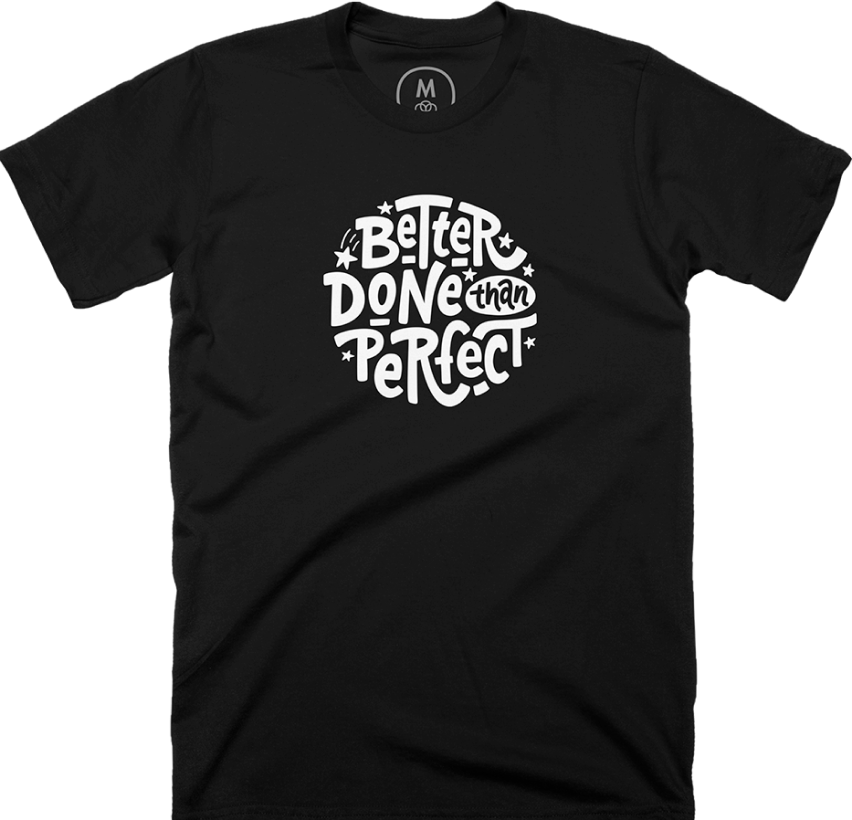Moritz Dausinger, the founder of Refiner, is helping SaaS companies survey their users and make use of their data. In this episode, he and Jane of Userlist discuss how to best survey users and how to use that data to help customers succeed in the product.
Refiner origin and customer profile
Moritz was no stranger to software before founding Refiner. With fifteen years of experience as an engineer, he has fully adopted the indie hacker ethos: small, lean, bootstrapped. Mailparser and Docparser were his first two utilities. Refiner is the third — a customer survey solution specifically built for SaaS companies.
"Everybody knows there are hundreds of survey solutions on the market. All of them do surveys, but each of those solutions has its own specialty. And my specialty is to say, 'I'm the solution which is perfectly made for modern data-driven SaaS companies'."
The idea for the product came out of necessity when growing Docparser. Moritz saw many daily signups that roughly split into two groups: some of the signups should receive personalized onboarding, and some should be directed into a self-service workflow. He needed a better way to collect feedback from these users in the product to help make the classification. He continued:
"Today Refiner covers much more than just this simple use case, but this is where the initial idea came from."
This type of "lead qualification" survey is one kind of use case, but most customers come for a standard NPS survey. Additionally, Moritz sees customer satisfaction, usability, and functionality surveys as others. The end goal is to keep surveys running over a long period of time, and tie them to user profiles, so that you can actually use them.
The best time to survey users
When should you ask users for feedback? Moritz admittedly calls the timing aspect tricky, but offers some great advice — cater to the user's style when possible:
"There are people who like to be guided, and then there are people who just want to explore the software on their own. So I would say there's no one-size-fits-all answer to it. But what I always recommend is, because it's how I would like to be onboarded, let the people explore the solution at their own pace. Make sure that when they perform certain actions you provide the right information at the moment."
Avoid surveying if it's right after login or if it interrupts a task. A good time to ask for feedback is when the possibility of annoyance is low, and the value in learning is high. E.g. after your user upgrades to a paid account. Prompt a short, timely response, and collect that feedback about an important decision point.
Nuts and bolts of implementation
Jane highlights two potential pitfalls in putting this advice into practice:
What should we measure?
"How, from the technical standpoint, do we ensure customer success tools can access that data?"
They both agree that it is better to track less to avoid being overwhelmed by the data. You should only track events and properties that truly matter in the customer journey. Besides, events can always be added over time as needed. From the technical side of implementation, Moritz advises:
"It’s best to use a customer data platform, for example, Segment, and push all your data there. Then you can forward your customer data to other tools, for example, Refiner, a product analytics tool like Amplitude, or even an email automation solution."
The customer data platform then acts as the single source of truth and the data can then flow from there.
Moritz has learned that his customers are usually fairly technical. However, they still have challenges integrating survey data:
"They are looking to integrate survey data in the complete data setup. For example, syncing an NPS survey response in real-time to their CRM, or to their email automation software, or to their product analytics software."
Growth marketer vs. customer success role
Jane and Moritz talk about these two roles and they try to establish the main difference. For Moritz, it's about the human component. Growth marketers rely more on tech and automation, while customer success roles, if nothing else, imply real, human connection:
"For me, customer success always has a human side to it. You can help customer success a lot with automation, with emails, with a knowledge base, with surveys, and so on. But in the end, customer success always implies some kind of possibility, at least, to have a human interaction with somebody. For me, those automation tools like Userlist, like Refiner, and so on, help customer success people. They're not necessarily set up by them because it's maybe too technical."
Customer success for Refiner
Speaking about customer success at Refiner is meta. Moritz has learned that his customers are much bigger than he anticipated because surveys are interesting for two reasons:
"You have so many users that you cannot talk with them one-by-one anymore. Surveys are also interesting if your team is growing because as a founder, in the beginning, you do a lot based on gut feeling. You have this vision of your product, and you make decisions based on your thoughts. That's valid because you don't have enough data to make data-driven decisions. As you grow, though, and as your team is growing, you might want to back up your assumptions with data."
The Refiner team has separate tracks to give individualized attention to two specific customer segments — personalized, inside-sales-like attention for these larger accounts, and a completely self-service track for less complex deals. In another, smart move toward personalized touch, the team will look at what types of surveys are created by users, and then send out the appropriate links to the knowledge base articles.
Making use of the survey data
Putting the feedback data to use is essential. For qualitative data, Moritz says to allow that to filter in, shape ideas about what you are reading, and follow up with some one-on-one actions if that's warranted.
You can use quantitative data to start triggering automation workflows as the volume increases. Receive a high NPS score? Follow up with that user shortly after and ask if they'll rate your product on Capterra. That's when the survey responses truly become powerful:
"We attach each survey response to the user profile and then send this data automatically, in real-time, somewhere else. For this, we have the integrations — Zapier, Segment, CRM integrations. You can update your database in real-time with survey responses. So we have a really strong focus on this whole integration part."
Deciding on survey bounds
Finally, a question that has come up for Jane at Userlist, what user segment should be surveyed? How many data points do you need?
Although the number will vary, Moritz lays out some guidelines. First, figure out who is using the software and try to survey them or only the other relevant parties depending on the use case. And second, take care that you don't ask all of these users if they work on many projects within the company already. Keep things targeted, he says:
"Try to figure out who the relevant people are, and only ask them."
Final advice
Do survey your customers:
“Do it. Run a survey at the right time.”
Don't go overboard:
“Don't ask too many questions. Don't ask more than two or three questions in a row. Really keep it light, keep it simple. But do it, definitely.”
Thanks for listening! If you found the episode useful, please spread the word on Twitter mentioning @userlist, or leave us a review on iTunes.


